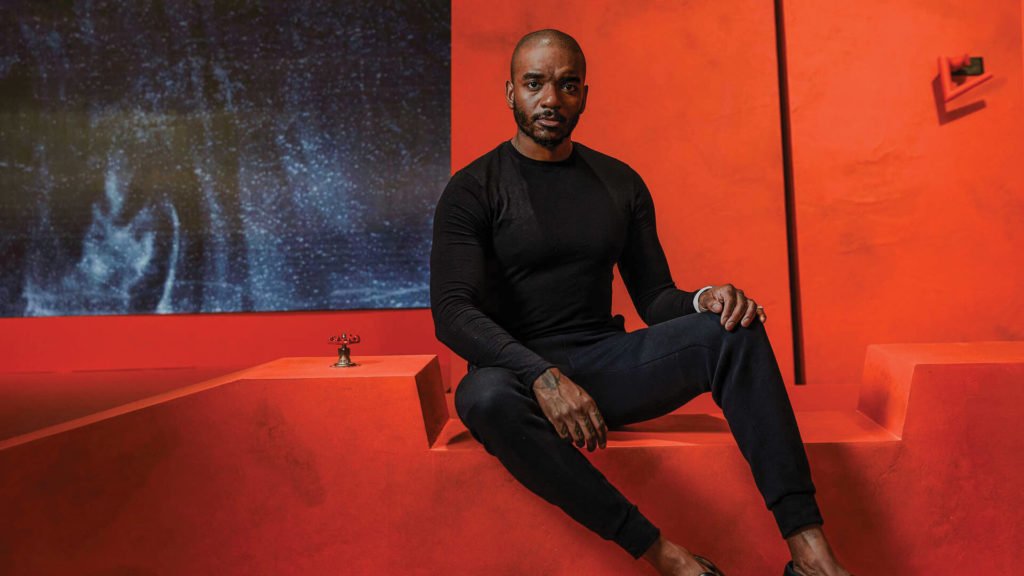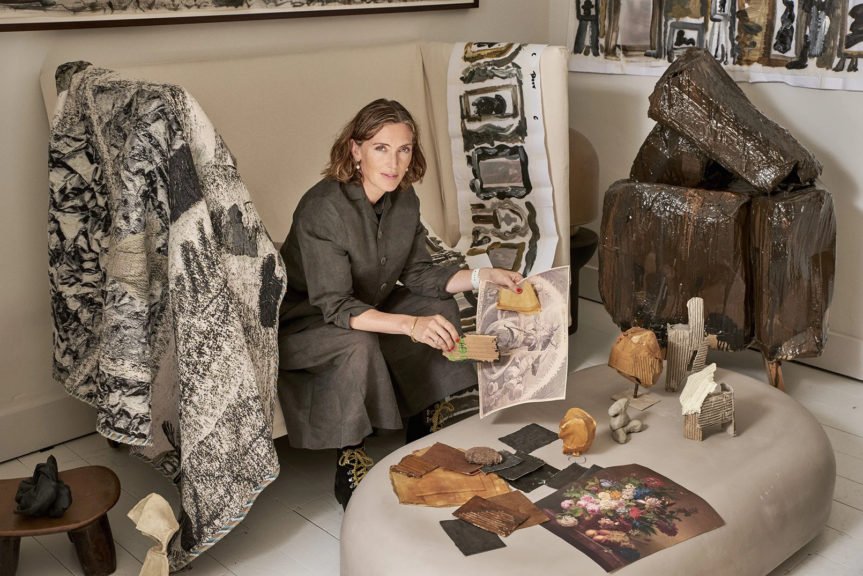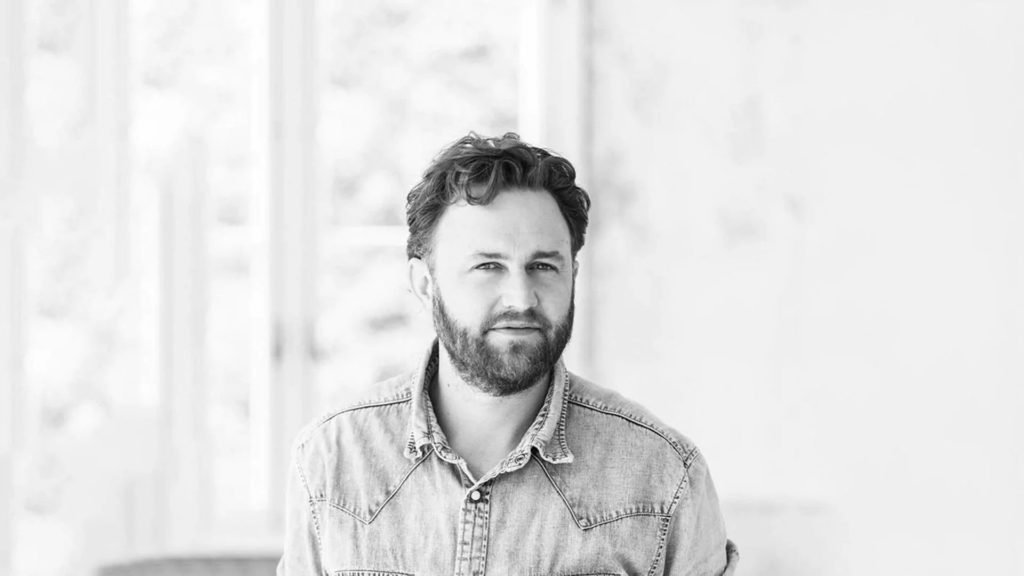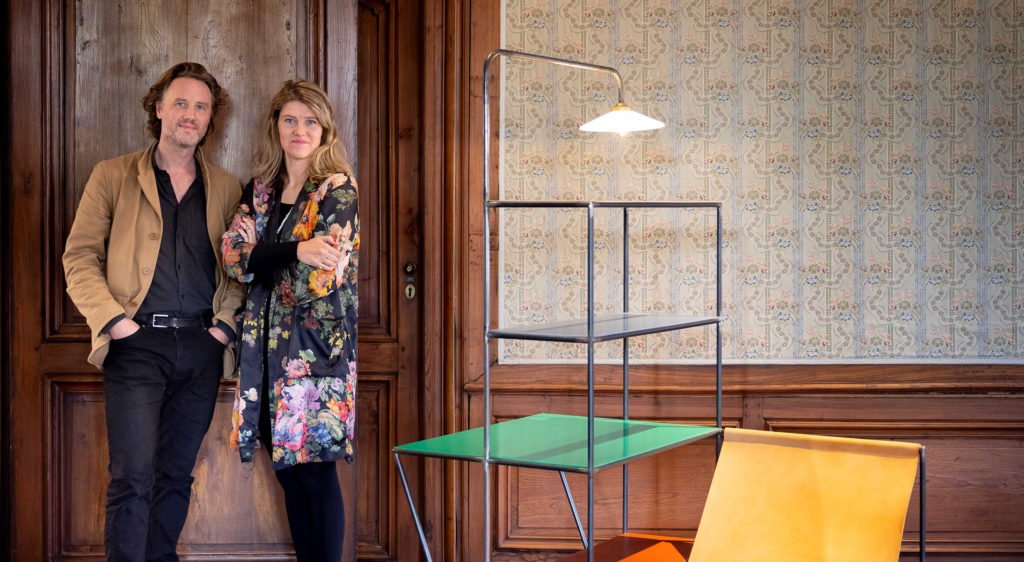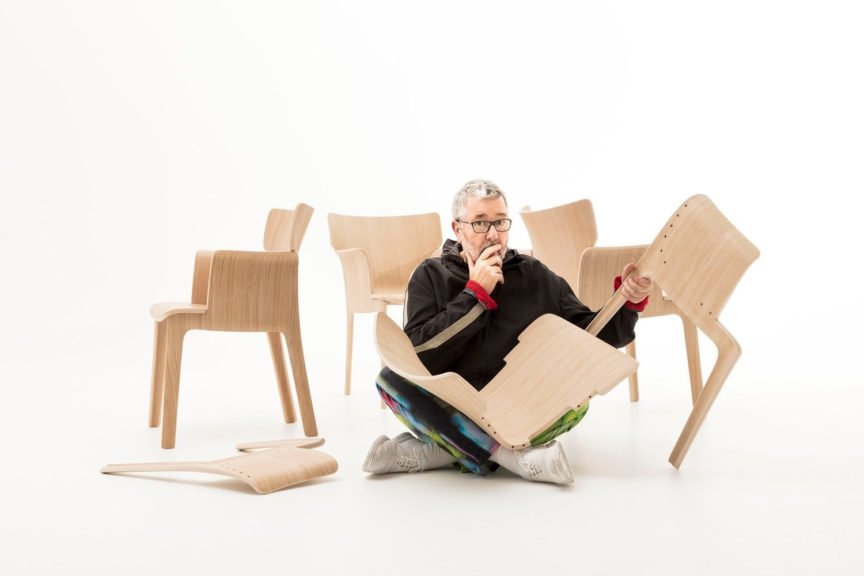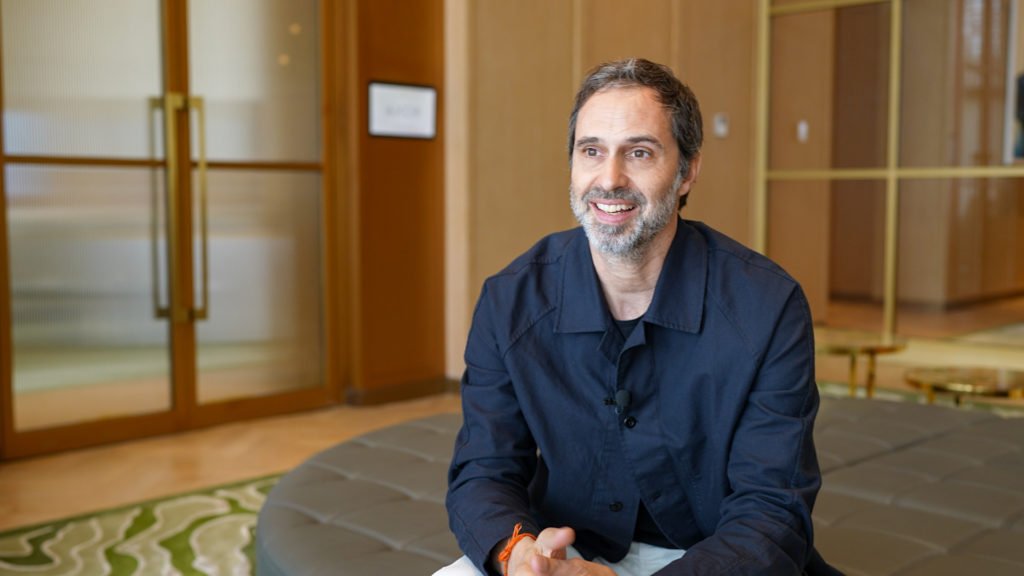“I was born in Iran and at the age of 14, together with my family, we moved to the US where I studied at Syracuse University. I also worked in America for four years for Texas Instruments, a large electronics company in Texas. Being young and curious, and quite interested in the whole European design scene in the 1980s, I decided to move to Europe. I got a job at Philips in the Netherlands and worked there for eight years. That is where I met my wife. We moved to Amsterdam and started Feiz Design Studio. We see every project which comes through the studio as a nice challenge, whether it’s small or large and complex, it doesn’t matter.
What are the main driving factors in your design?
We always strive to find that particular inspiration point where we can kind of build upon. My philosophy has always been based on three main pillars: one is clarity on how objects can communicate easily to you, the perception of the object, and the concept behind the product. If you walk by a chair, you have to look twice to see that little detail or that nuance. Context is very important in my work. We need to understand where things happen – if it’s a medical piece of equipment, who is the user, where does it get used, what type of applications does it need compared to a dining chair in a cafe.
Which types of projects are of particular interest to you?
That’s a very very difficult question to answer because we actually set up our studio to be able to work on a multitude of different design projects. To me, design is an act of creativity and it doesn’t matter what you apply your creative thought process and your problem solving towards, you should be able to manage it. So we dare to ask the questions and to go through those types of issues.
Each project is different. Consumer technology is full of constraints and designing furniture is wide open to your imagination, so that is why we like to work in that kind of realm. Through the years, I’ve become more and more, let’s say, aware of how important it is that we address our users properly. We can very simply say well, the user is the end user, but it’s not the case at all. If you think about a piece of medical equipment, it’s the technician, it’s the doctor, it’s the nurse, it’s the facility management, and it is it is finally the patient as well who will use and be affected, so being able to wear all those hats and abstract and understand all of those different types of user needs becomes very important. It is actually very interesting and very beautiful, and that’s where new ideas emerge, by creating scenarios for different channels.
In that sense, if I think back, one very nice challenge was in 2014, more in the sphere of meta design. I was asked to become the art director for Artifort, a furniture brand in the Netherlands. I had never taken this type of role, and had to kind of grow into it and learn about it, but it turned out to be a wonderful challenge because it’s not just designing anymore. It’s much more like a conductor trying to create a definition for a brand through its design and design partners, through its development and production, and really through its whole image. That kind of holistic definition was very beautiful and I find it a really nice challenge.
Any upcoming design projects that you are excited about?
In January we will be launching a new project with Studio TK, part of Teknion. I’m very proud of this project. It is one that talks about collaboration, privacy, open spaces and enclosures. It’s a simple project but with a lot of different meanings and applications, so I’m really really looking forward to it. It’s in its last phases where the details count, and every millimeter and every application of material becomes very very important.
How would you describe your personal design style?
To me style is a communication of all the experiences throughout your life. When I was a kid growing up in Iran, going to the farm and picking grapes had an influence on me. Going to school in America to study and then moving to Europe – all these kinds of experiences throughout, nomadic experiences of sorts, have created me and that means that’s my style. I would say this mixture is very clear in my design, it’s very expressive, it has its own signature. It’s not too shy but at the same time it has a certain international characteristic to it. I remember in seventh grade, I had a geography teacher and really enjoyed his class. He always used to tell us to observe, observe, observe. Whether it be sitting in the school bus looking out the window at the fruit peddlers or the traffic or whatever. That trait became kind of inherent in me, to observe and to look at things in a more in-depth way, and that has continued. I enjoy traveling and seeing new things, but I can also be inspired by elements and objects close to me. A building could have some potential inspiration in maybe a pen that I’m designing, and perhaps eyeglasses could have implications on a structure for a piece of furniture. So that whole idea of observation has stayed with me.
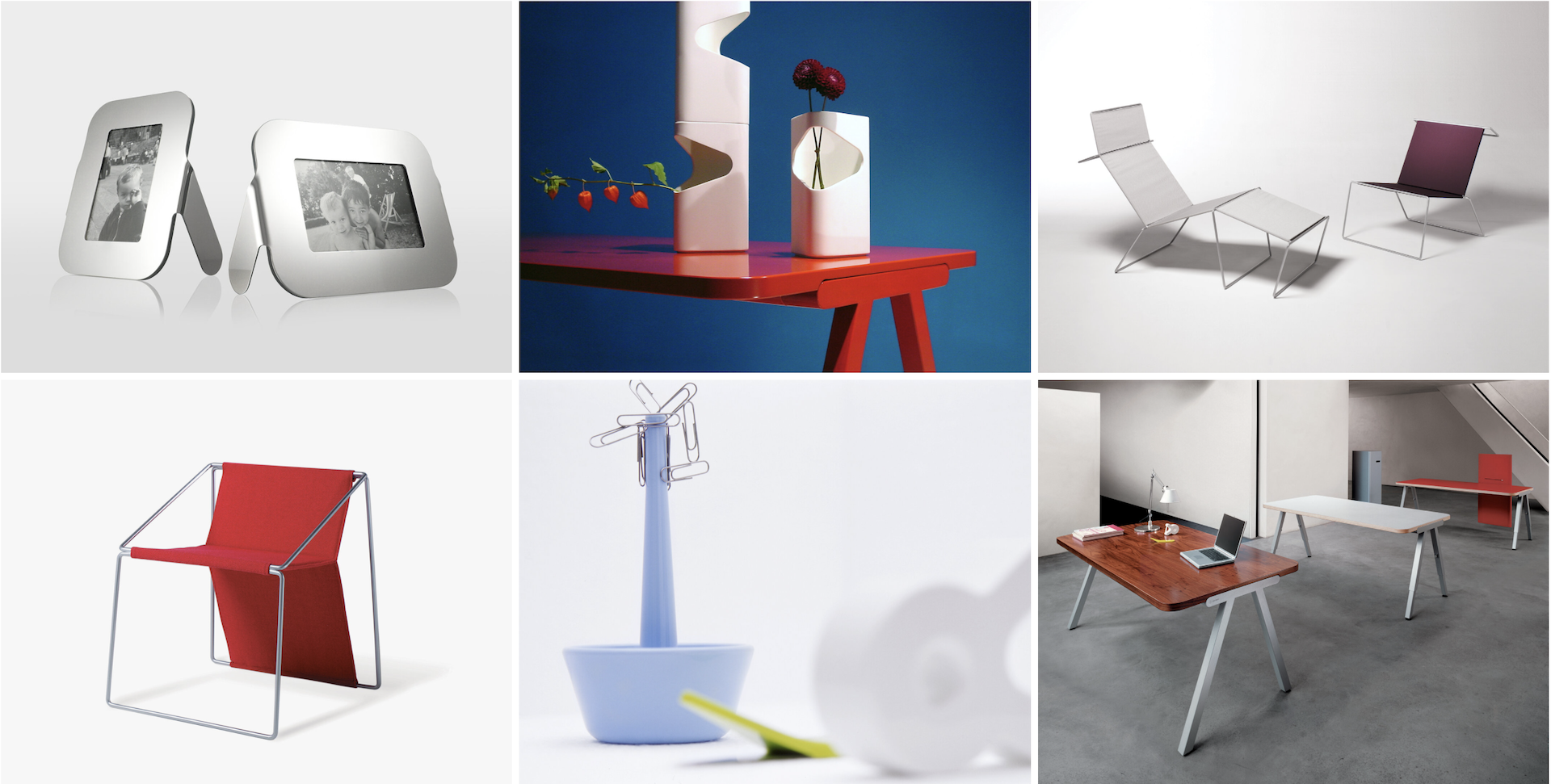
Can you tell us about your past journey, and how it shaped you into becoming the designer you are today?
I really enjoy that at university when studying design. I was also taking painting classes. I have been drawing and painting all my life, ever since I was little, and when I went to university, I had no idea what industrial design was. We were lucky enough that my university’s art and architecture school were together, with a basic year where you would do all the different disciplines and then apply for a particular curriculum. This is where I discovered industrial design. I learned that everything around us, objects and furniture, everything, had to be designed, of course. It was really an eye-opener for me, and so I started that but didn’t stop painting. When I asked my painting professor whether I should go in the direction of design or painting as a major, he very bluntly said, “If you go for design, you’ll always have the money to buy paint”. Unfortunately, he forgot to tell me that I would not have any time to paint.
But I’m happy I chose this direction. Indeed both are very creative but with different meanings and for me.
What about product and industrial design excites you, especially for the future of this field?
Creating objects where people all around the world will use is something of a blessing. Especially in mobility, there’s a huge amount of change. If we talk about the shift from gasoline-based mobility to electric mobility, and now to autonomous mobility, it’s very interesting that we are sitting in cars that we don’t need to be driving. What would that object look like? I’m sure I would never design it the way it is now. It could be really wonderful to see from a very ‘naive’ point of view, what that resulting design would look like.
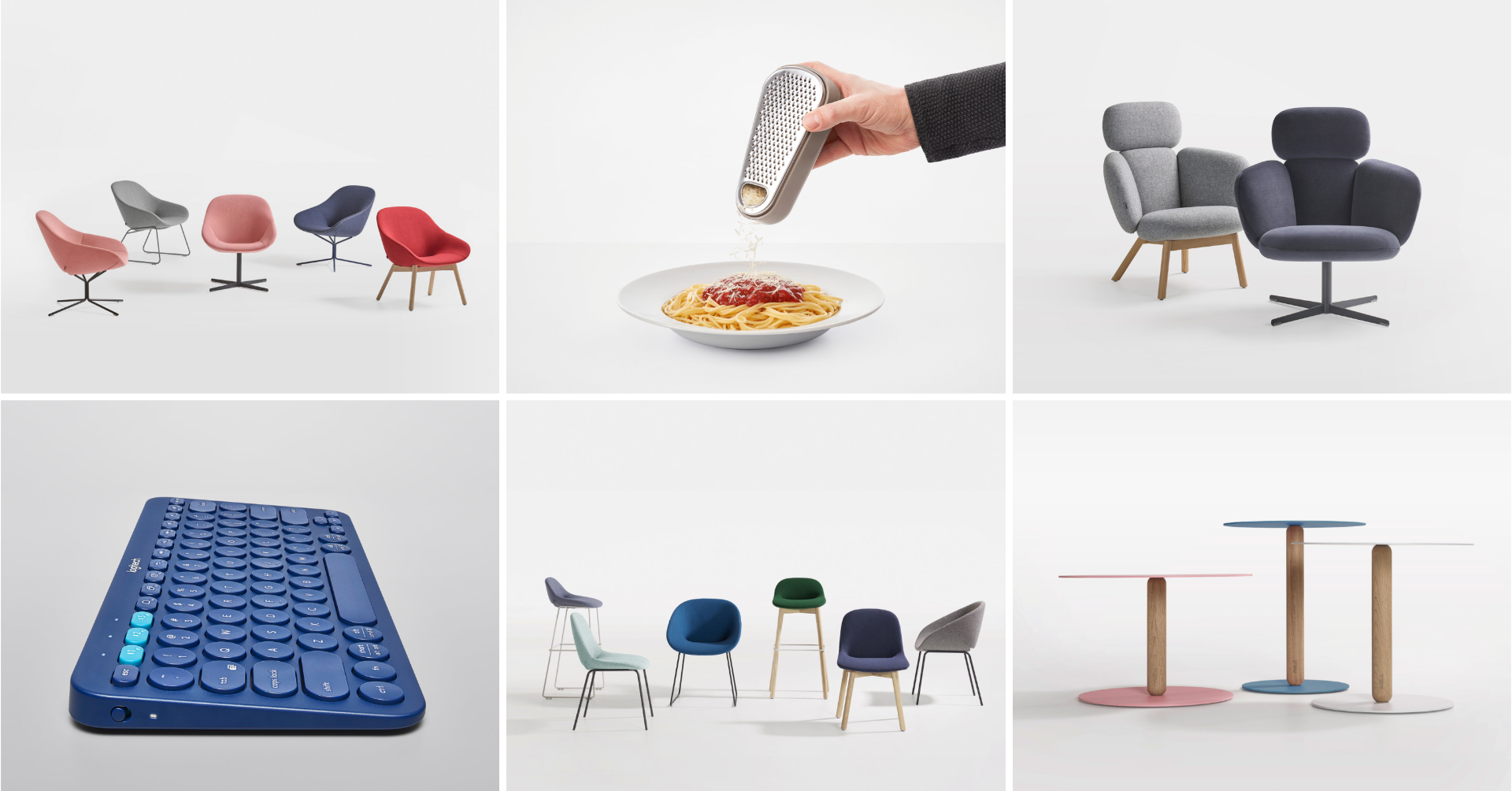
What about sustainability? Does it factor in your design process?
I have become much more conscientious about what we make. I think that subconsciously helps us before the start of a project to know the ingredients, so that we can think about it throughout that process. Ten or 15 years ago, it would always be the other way around, and I noticed that even my clients are asking for this. Demanding in fact, so I think that these two sides coming together is very interesting. Of course, sustainability has so many ramifications and so many possibilities. A sustainably produced chair has a whole other meaning than a sustainably produced mobile phone. One is an object that will be obsolete after two or three years, and the other is one that can be passed down from generation to generation. That’s very important to understand and not just apply a source of sustainability over everything, but to really analyse what the products are and what they do, and their impact on society.
What is the best advice you have ever received, and any words of wisdom for aspiring designers?
I would say the best advice I got was from my uncle maybe 10 years back. I was very busy with our work and with our projects, and with developing our studio. He asked me, “So how do you feel? Are you happy?” I replied that I was and really liked what I did, and then he asked, “And where do you want to go?” I told him of my future plans and what I would like to achieve, to which he replied, “Remember, the only way you can go to those places is when you add an extra risk factor. If you’re comfortable and happy, that’s really good, but sometimes you also need to wake up in the middle of the night and think, did I do this right, or should I have done this or not. These sorts of risks will get you places where otherwise you would be very comfortable not going.”
In terms of giving advice to others, especially aspiring designers or people who would be interested in studying design, I have to say that designing is an extremely creative act, and it is an act which is very labor intensive and very passion oriented. If you have passion for what you do, that’s fantastic. If you are just studying something to become a designer, then it becomes much more difficult because it’s very hard to stay up late nights to try to crack that nut, to make sure you get it there. Plus, having a sensitivity to beauty and aesthetics are all very ephemeral soft issues connected to design. If we just purely treat it as an academic endeavor, one will never succeed.
As a designer I always tell our interns or students at the studio that you should definitely find that passion inside of you, otherwise it’s better to do something else in life.
Lastly, who is Khodi, the person behind the designer?
For me, it’s not very complicated because I have a huge anchor in my work. It’s my passion and I don’t even call it work. It’s some kind of a strange hobby that you have to keep on doing and you don’t stop thinking about it. On the other side, I have my family – my two grown-up boys and my wife, as well as our extended family all over the world, and that makes it very beautiful. However, outside of this, I must admit I have some strange interests too. Growing up in the US, I’m also a bit of a petrol head. I really like to tinker with cars and be involved in that scene of old models and making projects out of it.
Drawing and painting continue to remain a big part of my life. I think as a designer you need to also be in touch with the basic human fabric of society – football, and more – and not only be immersed in your work. You need to have a finger on the pulse of your community, and the world in general.

